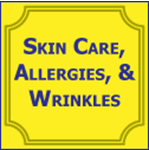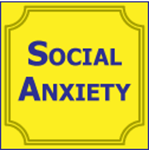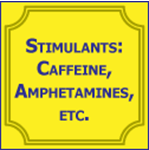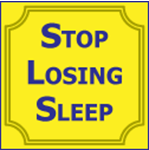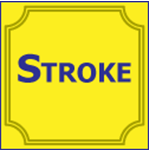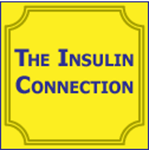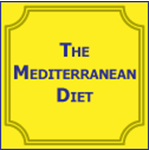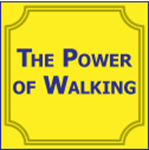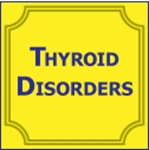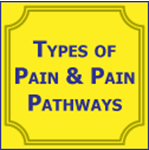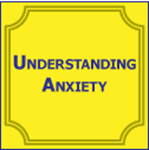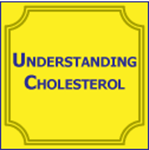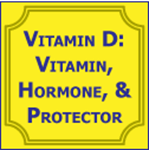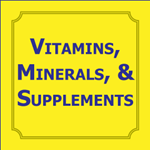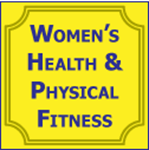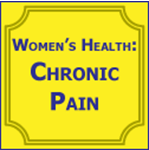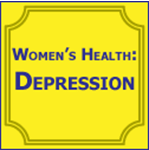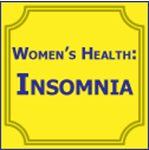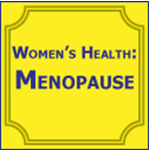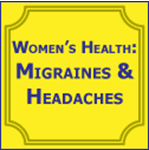You have no items in your shopping cart.
Booklets with Test
Skin Care, Allergies, & Wrinkles
Explains the diagnosis and newest treatments for skin conditions and skin allergies. Describes new laser treatments for wrinkles and other skin conditions. Lists the most effective preventive and treatment methods for skin cancer. Identifies coping strategies for patients with psychosocial issues caused by chronic skin conditions. Identifies future trends in medical and cosmetic skin treatments.
$30.00
Social Anxiety
Defines social anxiety. Describes the symptoms of social anxiety. Identifies the causes of social anxiety. Describes the similarities and differences between shyness and social anxiety. Outlines the role of thinking in social anxiety. Describes strategies for coping with and reducing social anxiety.
$30.00
Stimulants: Caffeine, Amphetamines, etc.
Identifies the physiologic, pharmacologic, and psychoneurologic properties of stimulants. Outlines the issues of caffeine toxicity, caffeine withdrawal, and management of caffeine-related disorders. Describes the mechanisms involved in amphetamine addiction and approaches to management of this condition. Identifies stimulants and stimulant-like medications used in weight reduction and appetite suppression.
$30.00
Stop Losing Sleep
Outlines the classification and diagnosis of sleep disorders, including various insomnias and circadian rhythm anomalies, restless legs syndrome (RLS), and periodic limb movement disorder (PLMD). Identifies other conditions that may contribute to sleep disorders, including neurological, endocrinological, and psychological disorders. Describes the approaches to management of sleep disorders, both pharmacological and nonpharmacological (e.g., dietary, hygienic, and psychosocial). Identifies clinical ramifications of sleep apnea and RLS/PLMD pertinent to dental practice and general clinical practice.
$30.00
Stroke
Describes the pathophysiology associated with stroke. Discusses the major risk factors for stroke. Identifies the lifestyle and dietary changes that can help prevent the onset of a stroke. Describes currently available treatments and new therapies still under investigation. Explains the role of the rehabilitation team, including physical and occupational therapists, and counselors, in helping to improve patient outcome.
$30.00
The Insulin Connection
Describes the normal functions of insulin. Discusses what it means to be “resistant” to insulin. Lists ways to determine whether a person is insulin resistant. Outlines consequences of insulin resistance. Identifies steps to improve insulin sensitivity or reverse insulin resistance.
$30.00
The Mediterranean Diet
Identifies the countries included in the Mediterranean region and discusses their traditional way of life. Describes the food-based guidelines that make up the Mediterranean pyramid. Explains the significance of physical activity, diet, and social interaction as part of the Mediterranean way of life. Discusses the research that supports the health benefits of the Mediterranean Diet with respect to heart disease, diabetes, obesity, cognitive function, cancer, and other chronic diseases. Describes how the Western diet and lifestyle can be modified to comply with Mediterranean lifestyle recommendations.
$30.00
The Power of Walking
States the CDC’s, and the American College of Sports Medicine’s recommendations for daily physical activity for adults, children, and adolescents. Describes the health benefits of walking. Explains how walking can reduce the risk of various diseases, including diabetes, heart disease, cancer, depression, and dementia. Describes how walking can benefit children, adults, pregnant women, and the elderly. Identifies the physical, occupational, and other therapeutic benefits of walking. Outlines how to start and maintain a walking program.
$30.00
Thyroid Disorders
Describes the anatomy of the thyroid gland. Describes the complex thyroid gland physiology. Distinguishes between hypothyroidism and hyperthyroidism. Discusses thyroid nodules. Discusses thyroid cancer.
$30.00
Types of Pain & Pain Pathways
Lists and describes major steps in the historical development of pain concepts and treatment. Discusses the difference between acute and chronic pain. Describes the characteristics of nociceptive, neuropathic, and psychogenic pain. Lists and describes the four components of the pain pathway. Identifies parts of the brain involved in pain processing. Describes the methods and accuracy of measuring pain. Explains sex and gender differences in pain. Discusses the impact of chronic pain on healthcare and dental professional practice.
$30.00
Understanding Anxiety
Explains the difference between normal anxiety and an anxiety disorder. Describes the causes of anxiety. Outlines the demographics of anxiety. Describes the anxious personality. Recognizes and describes the most common anxiety disorders in adults and children including symptoms and treatment. Describes the role of exercise in treating anxiety. Describes common methods of assessing anxiety in primary care settings. Explains how state anxiety and trait anxiety differ. Outlines common comorbidities frequently seen with anxiety.
$30.00
Understanding Cholesterol
Lists the various lipid components of total cholesterol and describes how they are formed in the body. Describes the physiological function of each lipid faction. Discusses how abnormal lipid levels may contribute to cardiovascular disease. Describes the lipid profile test and explains what values are considered desirable. Explains how lifestyle factors such as diet and inactivity can contribute to lipid abnormalities and treatment options. Describes the various categories of drugs used to treat lipid abnormalities. Describes some effective, realistic, and easily implemented strategies to improve patient adherence.
$30.00
Vitamin D: Vitamin, Hormone, & Protector
Discusses the historical incidents that led to the discovery of vitamin D. Recognizes the synthesis and function of various forms of inactive and active vitamin D. Describes the role that vitamin D may play in the physiological function of various systems. Lists the current guidelines for supplementation of vitamin D. Lists the blood levels that define the various categories of vitamin D deficiency and sufficiency. Identifies the best food sources of vitamin D.
$30.00
Vitamins, Minerals, & Supplements
Identifies the vitamins and minerals needed for growth and normal development. Reviews the role of each of the essential vitamins and minerals in the body. Identifies the use and/or dangers of using supplements in all populations, from children to the elderly. Discusses the drawbacks/concerns of over-supplementation. Identifies the properties and concerns of herbal supplements. Reviews government regulation of vitamins, supplements, and herbal supplements.
$30.00
Women's Health & Physical Fitness
Identifies the benefits of regular exercise and fitness at all stages of life. Describes the current physical activity guidelines for healthy American adults, focusing on those specifically applicable to women. Explains the components of a good physical activity program and why each one is important for a woman’s health. Describes the fitness requirements for women during pregnancy and after menopause.
$30.00
Women's Health: Chronic Pain
Describes the difference between chronic and acute pain. Identifies the symptoms of and treatments for chronic pain conditions affecting women. Discusses the role of home remedies, relaxation techniques, and other non-drug therapies for treating chronic pain. Explains the psychosocial aspects of treating chronic pain. Describes how to manage use of pain medications, including opioids, to ensure patient safety.
$30.00
Women's Health: Depression
Identifies the most prevalent forms of depression. Identifies the symptoms of depression and mania. Identifies the differences in presentation across age groups and sexes. Compares the theories of depression. Reviews depression treatment modalities.
$30.00
Women's Health: Insomnia
Discusses the physiology of sleep. Describes healthy sleep patterns. Identifies the different types of insomnia. Discusses women’s sleep problems across their life cycle. Identify treatments for insomnia including optimal sleep hygiene, behavioral methods, and pharmaceuticals.
$30.00
Women's Health: Menopause
Identifies the hormonal and neurologic changes that occur during menopause. Discusses the symptoms of perimenopause and menopause, as well as effective treatments, including medication and behavioral approaches. Describes the latest research on the benefits and risks of hormone replacement therapy, and identifies the conditions and symptoms for which HRT may be appropriate. Discusses the pros and cons of a variety of alternative remedies for menopausal insomnia, hot flashes, and depression, such as black cohosh and vitamin B supplements. Addresses recent developments in the prevention of chronic disease risk at menopause, including lifestyle changes and prophylactic medications.
$30.00
Women's Health: Migraines & Headaches
Identifies the primary types of headache. Discusses the management of each type of headache. Identifies and discusses the management of headaches in women across chronological milestones.
$30.00

